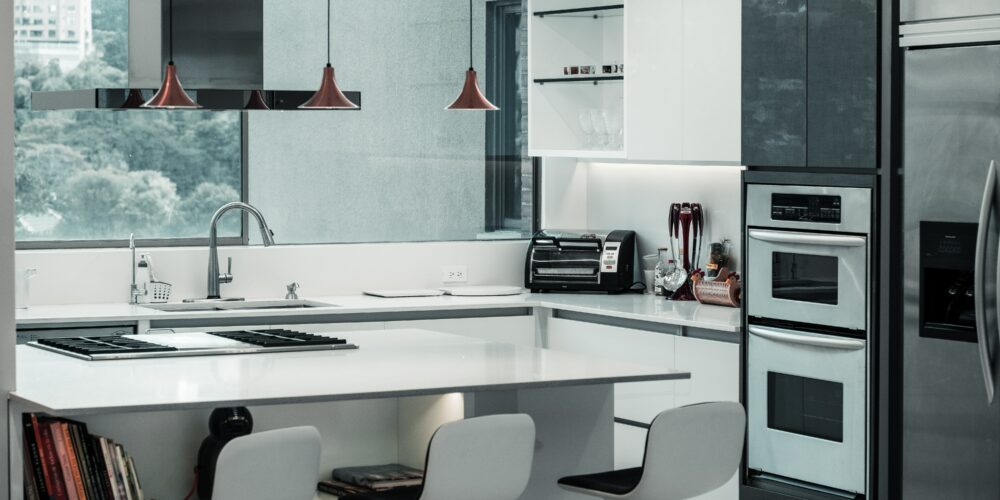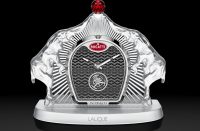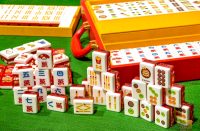Homeowners are always on the lookout for different ways they can lower their electricity consumption. Some people make sure they switch off all lights when they leave the room, while others limit using certain appliances throughout the day. Another effective method to reduce electric costs and still enjoy modern comforts is to choose energy-efficient appliances, especially in the kitchen. It is the part of your home that has the most electricity usage because it’s where you can find some of the heavily-used appliances including the electric stove and oven, refrigerator and dishwasher.
Aside from selecting a home kitchen appliance with a high energy efficiency rating, knowing how to use each appliance properly can also help cut down your monthly electric bill. In addition, it can make sure you maximize your appliances’ energy-efficiency features. If you want to learn more ways to save electricity in the kitchen, you can follow some of these tips.
Select The Right Pan Size When Cooking
Electric stoves are becoming more popular among homeowners. They don’t heat up the entire kitchen as gas stoves usually do, which is helpful if you are living in a small apartment and don’t want to use air conditioning. Apart from limiting the heat in your home, you can use your electric stove with other good practices to lower your electricity bill.
Before you start cooking, make sure to pick the right pan size for the burner. Using a small pan on a big electronic burner is a waste of heat and electricity. You will end up adding more heat to the room rather than cooking the food. On the other hand, using a large pan on a small burner will take a longer time to heat the pan and complete the cooking process. If you have a large household, it’s best to choose a stove with multiple-sized burners and to have different sizes of pans. This way, you have options when you need to whip up a quick dish for yourself or a complete meal for the entire family.
Limit Preheating the Oven to Certain Recipes
Many avid cooks and bakers prefer to use electric ovens because they offer consistent heat. They also heat up quicker than gas ovens. While some cooks agree that the practice of preheating the oven is unnecessary, they do believe it is required in certain recipes such as baking bread and cakes. These recipes often need a very hot oven for a short time and then lower the temperature for the remainder of the baking time. Even so, if your oven can quickly reach the right temperature for your baked goods, you don’t need to preheat the oven for a long time.
Adjust the Refrigerator Thermostat
Setting the thermostat at the ideal temperature can improve your fridge’s energy consumption. It will also keep your food to stay fresh longer. When storing fresh food, make sure to maintain the temperature between zero to four degrees Celsius. For the freezer, keep it at negative 12 degrees Celsius or lower. Such thermostat settings will prevent bacteria from growing and spoiling your food inside the fridge.
If your appliance doesn’t come with a thermostat, a simple solution to check its temperature is to place a regular thermometer in a cup of water and put it inside the fridge compartment. To get an accurate freezer temperature reading, place the thermometer in a freezer-safe container together with alcohol or cooking oil as water will just freeze. Then, adjust the temperature accordingly.
Perform Routine Maintenance on Your Refrigerator
With any appliance, doing regular maintenance can ensure they function efficiently. It’s the same with your fridge. Dust can accumulate on the condenser coils, which can either be found on the rear or bottom part of the refrigerator. Clean the dust by vacuuming it every six months. This regular process can lower up to five per cent of the unit’s operating cost.
While at it, check your fridge’s door seals. A broken refrigerator seal can let warm air enter, causing the appliance to use more energy to maintain the cool temperature. Test the rubber seals of the refrigerator door by placing a piece of paper between the seal and the fridge door. Then, try and pull the paper out. If you feel some kind of tension as you pull the paper, the seals are in good condition. Otherwise, you need to replace them.
Use Your Dishwasher with a Full Load
A lot of homeowners prefer to hand wash dishes rather than use their dishwashers because they believe it can help save electricity and water usage. However, dishwashers only need one-third of the water required to do the dishes in the sink. As long as you are using the machine with a full load, you can reduce water consumption and the time of using your home’s water heater.
Dishwashers consume the same amount of energy whether it has a full or half-full capacity. To get the most savings, only run your dishwasher with a full load so you maximize the electricity consumption. This will help you keep your water bills down, too.
Dry Dishes Manually
When using your dishwasher, skip the heated drying cycle to save up on energy. This process uses hot air to remove moisture from the dishes but can also take about 30 minutes and increase energy consumption by at least 15 per cent. It can also wear your dishwasher down faster because the appliance works hard to pump hot air through the exhaust vents. Instead, dry your dishes the traditional way by wiping them with a dry cloth. You can also open the dishwasher door after the wash cycle to let steam escape and allow air from the room to enter the machine and help dry the dishes. Reducing electricity consumption at home doesn’t mean you have to stop using electronic appliances. You just need to choose more energy-efficient appliances and be mindful of their usage. This way, you can lower your monthly utility bills and use the savings to provide a more comfortable lifestyle for you and your family.






